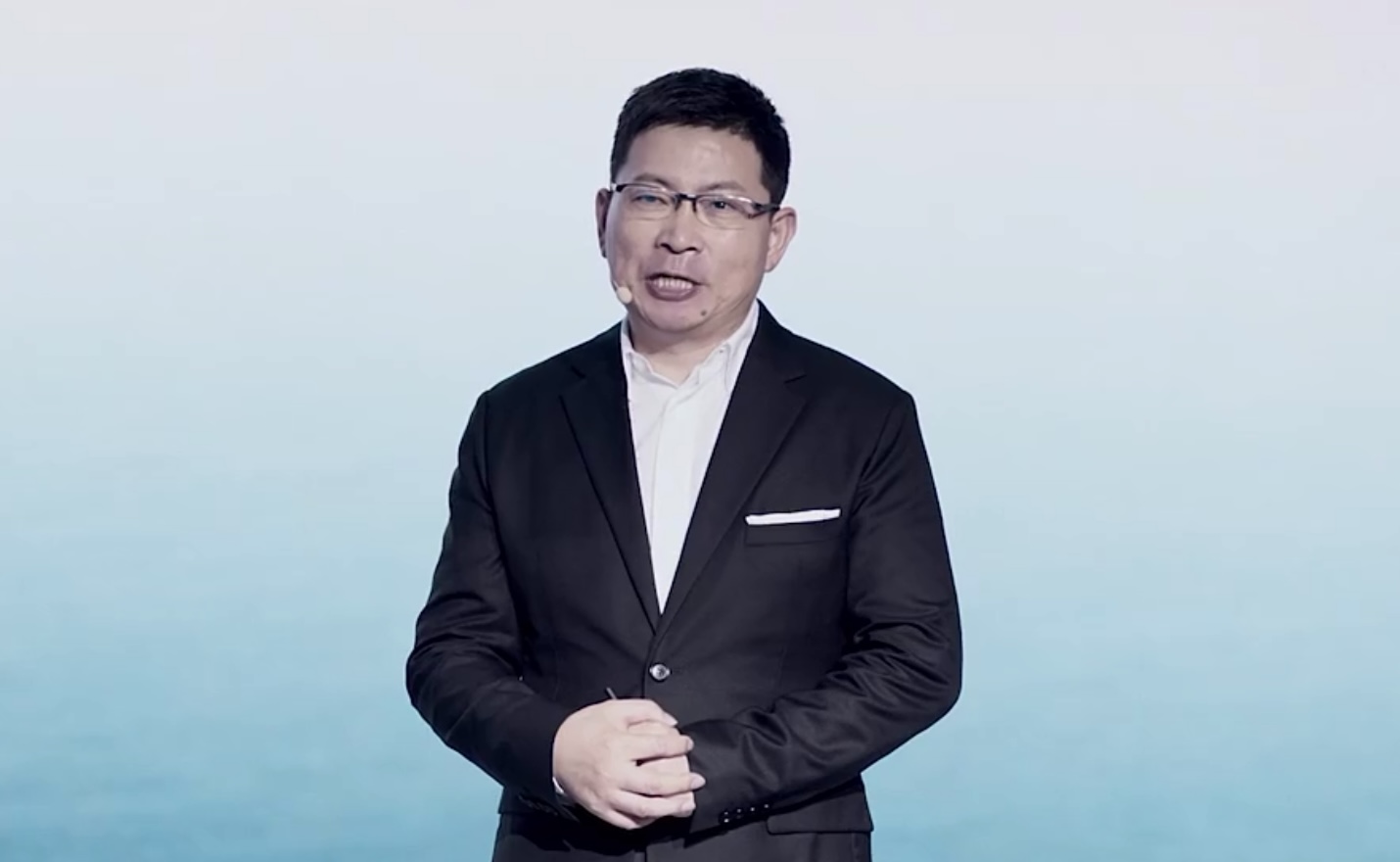On the evening of June 2nd, HarmonyOS 2.0 officially launched on a large scale. I will briefly introduce HarmonyOS since it will have many applications in the automotive field, and we have also paid attention to the HarmonyOS system itself.
First, let’s take a look at several important development milestones of HarmonyOS:
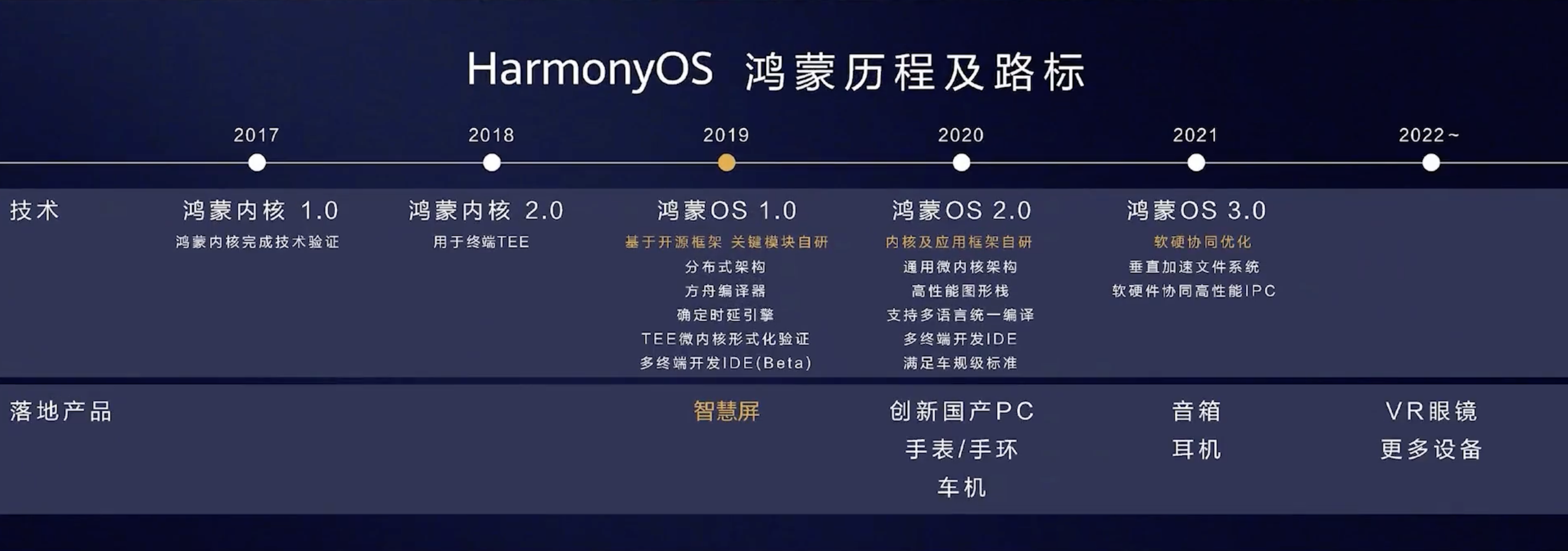
-
Since 2012, HarmonyOS has been planned as Huawei’s proprietary operating system.
-
In 2019, HarmonyOS 1.0 officially made its debut and was implemented first on Huawei’s smart screen products. Yu Chengdong stated that HarmonyOS is an open source operating system.
-
In September 2020, HarmonyOS was upgraded to version 2.0, and beta versions for large screens, mobile phones, and car machines were released simultaneously.
-
On December 16th, 2020, the beta version of HarmonyOS 2.0 for mobile phones was officially released.
-
On June 2nd, 2021, the official version of HarmonyOS 2.0 began to be pushed.
The Features of Huawei’s HarmonyOS
The goal of HarmonyOS is not to replace Android, but to achieve full interconnection between all things, and it has advantages such as microkernel, distributed architecture, and ecosystem sharing.
-
The basic function of a microkernel is to simplify kernel functionality by only providing the most basic services such as thread scheduling and process communication. This makes the microkernel highly flexible, and it appears in various terminal devices, which are linked through interprocess communication (IPC). In terms of security and latency, the microkernel performs well.
-
Distributed architecture can achieve fast connections between different terminal devices, share hardware capabilities, and synchronize management and task scheduling of cross-device data.
-
Ecosystem sharing provides convenience for developers. By developing one version of the app, HarmonyOS can achieve multi-terminal deployment and realize cross-terminal ecosystem sharing.
1 + 8 + N
This is the landing route of HarmonyOS, where “1” refers to mobile phones, “8” covers eight self-developed Huawei products including PCs, tablets, smart screens, speakers, bracelets, watches, car machines, and headphones, and “N” includes numerous IoT products of ecological partners, covering five major categories including smart homes, mobile offices, sports and health, audio-visual entertainment, and smart transportation.
Huawei hopes to achieve a full-scene and cross-device interconnection experience through step-by-step operations.
Product Information
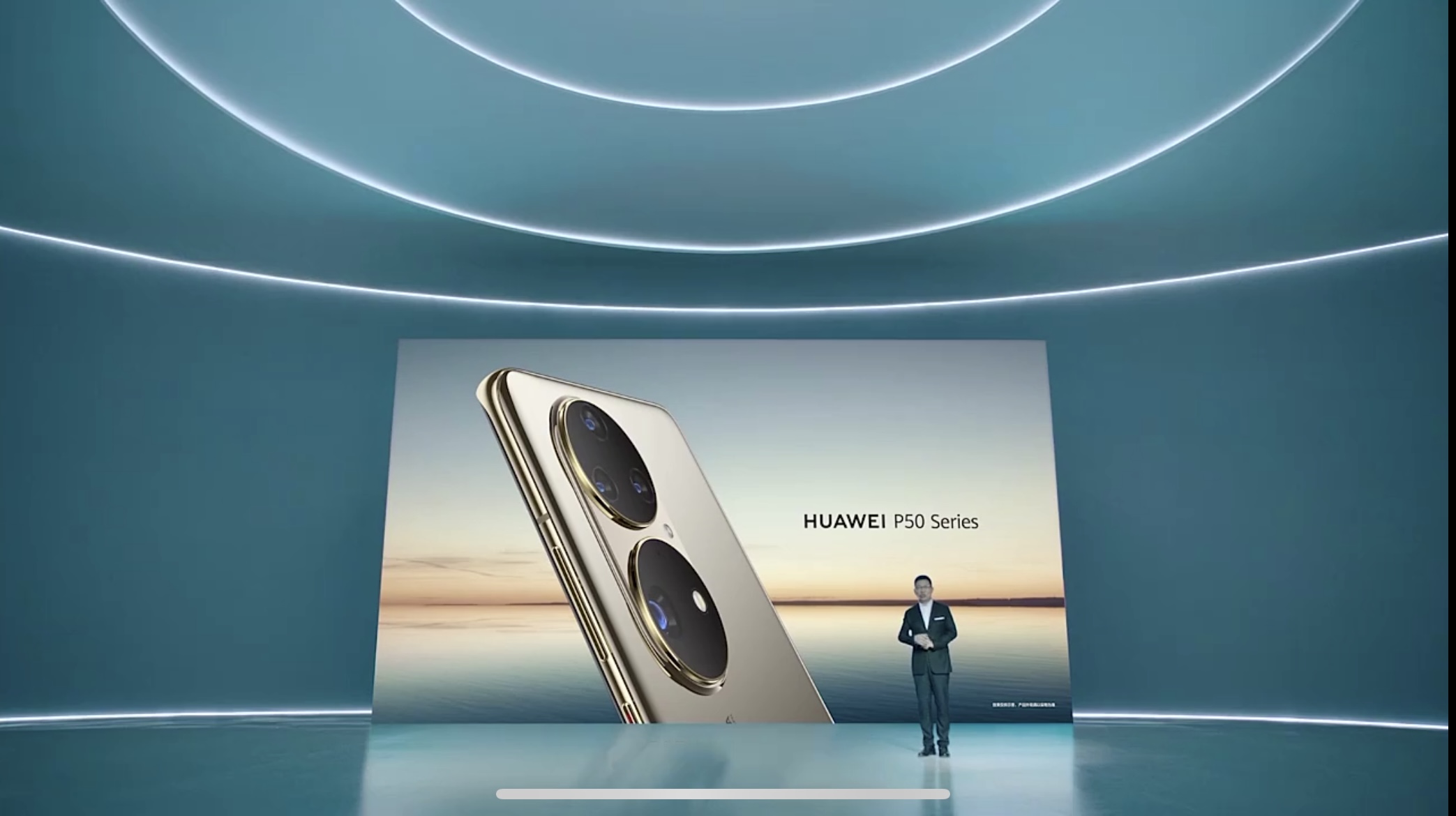
The main products released at this launch event were HUAWEI WATCH 3, HUAWEI MatePad Pro, MateView, and FreeBuds 4. At the end, Yu Chengdong showed the new HUAWEI P50 smartphone, but the specific release date was not announced due to special reasons.
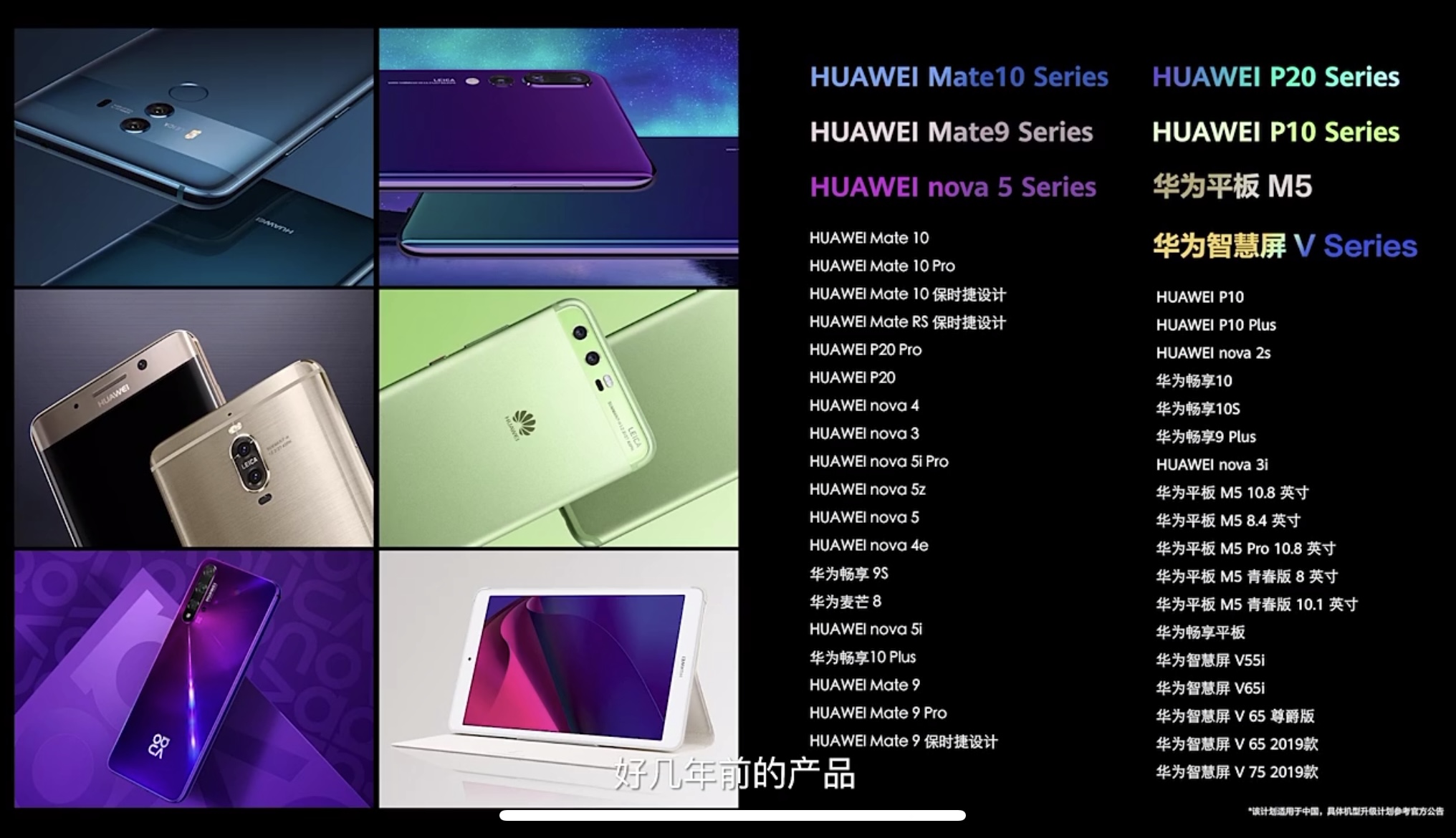
HarmonyOS will also support HUAWEI phones from four to five years ago and will be upgraded in batches.
About cars
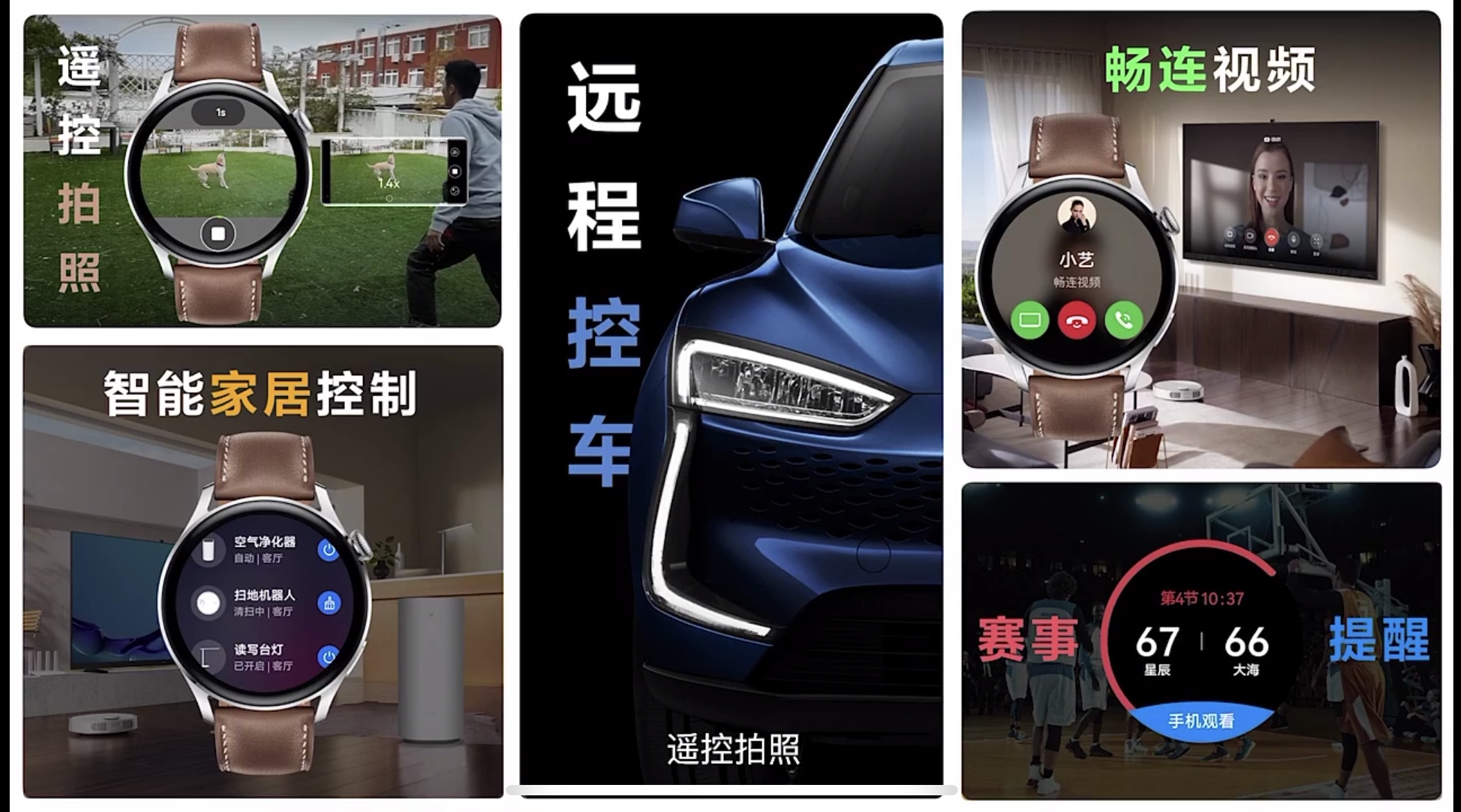
Regarding cars, the SF5 of Seres only appeared briefly in the presentation. However, we saw a poster for the ARCFOX brand on the official WeChat account of “HUAWEI Smart Car Solution.”
Source: HarmonyOS 2 and HUAWEI’s new product launch in all scenarios.
This article is a translation by ChatGPT of a Chinese report from 42HOW. If you have any questions about it, please email bd@42how.com.
